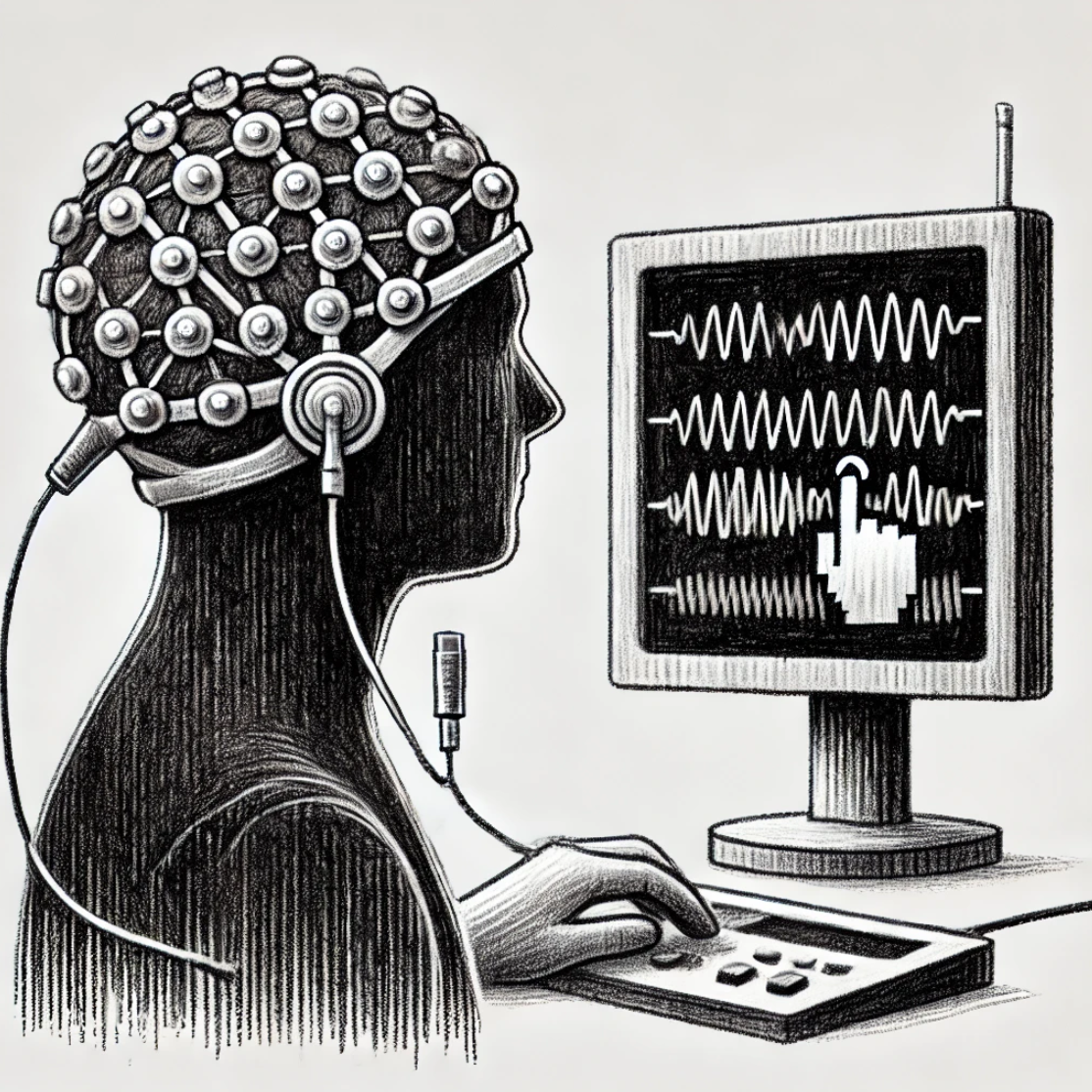
Brain-computer interfaces
A Brain-Computer Interface (BCI) is a technology that allows direct communication between the brain and a computer. It works by detecting brain activity—often using EEG (electroencephalography) or other brain-imaging techniques—and translating these signals into commands that a computer or device can understand.
In cognitive neuroscience, BCIs help scientists study how thoughts and brain activity relate to decision-making, memory, and attention. Researchers can analyze brain signals in real-time to understand how different mental states influence brain function.
In medicine, BCIs are used to help people with disabilities. For example:
Paralyzed individuals can control a robotic arm or a computer using only their thoughts.
People with speech impairments can use BCIs to communicate through text or speech-generating devices.
Neurorehabilitation: BCIs assist stroke patients in regaining movement by helping them train their brain to control muscles again.
Unlike traditional computer interfaces (like keyboards or touchscreens), BCIs bypass the muscles entirely, offering a direct link between the brain and technology. While still in development, BCIs hold great promise for improving lives and deepening our understanding of the human brain.